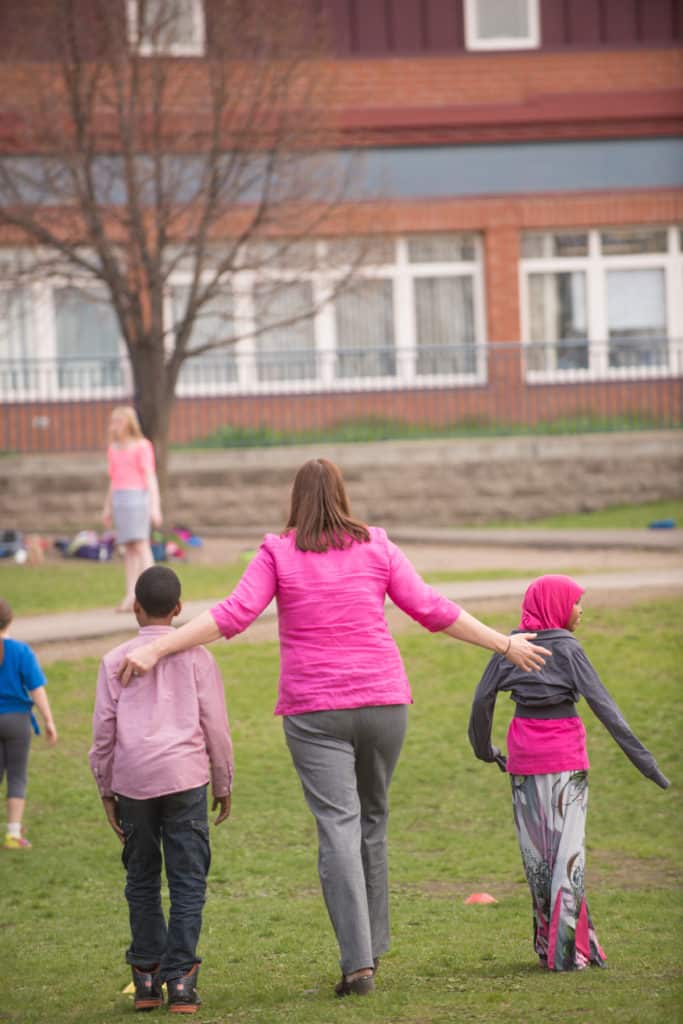
Recently a teacher contacted me, frustrated over her school’s adoption of Positive Behavioral Interventions and Supports, or PBIS. Her biggest concern was that PBIS would replace the Responsive Classroom approach to teaching and learning at her school. The perspective I offered was that Responsive Classroom and PBIS are compatible in many ways: in fact, Responsive Classroom practices and strategies can provide structure and support for PBIS and other behavioral and academic initiatives.
We recently made a presentation about the Responsive Classroom approach at the International PBIS Conference and were encouraged to see strong interest among school and district leadership teams in using specific Responsive Classroom teaching practices, such as Interactive Modeling and positive teacher language, to achieve their PBIS goals. Many noted their success at integrating the two approaches and told stories of dramatic improvements in school climate and student learning.
Finding the common ground among various approaches is important work for schools. Initiatives come and go all too often, but the effective teaching practices that underlie the Responsive Classroom approach make it possible to do our best teaching, whether we’re implementing reading instruction or creating a plan for teaching and reinforcing positive behaviors as part of a primary prevention level of support in PBIS.
The common ground upon which Responsive Classroom and PBIS rest includes:
And here’s a story from a school in Virginia that is implementing both the Responsive Classroom approach and PBIS:
Babs Freeman-Loftis is the coauthor of Responsive School Discipline.